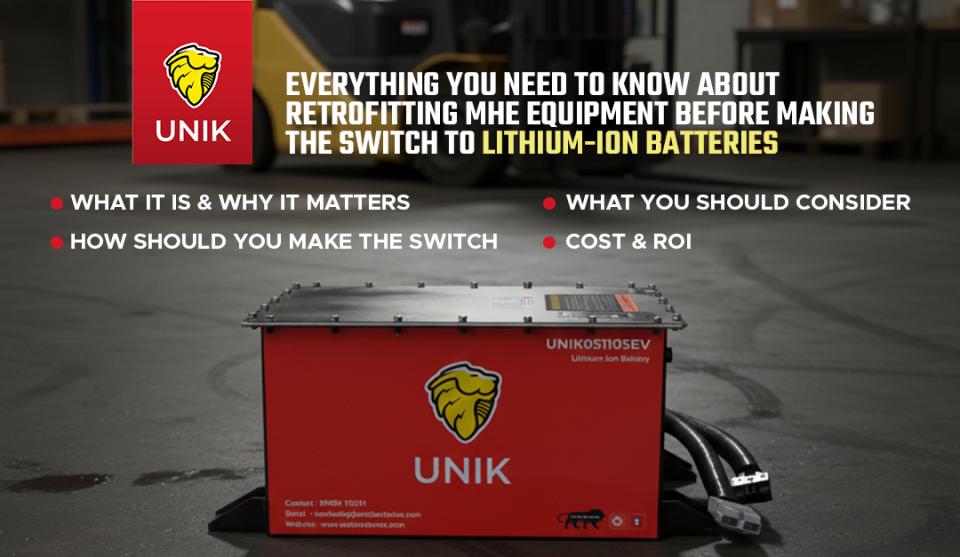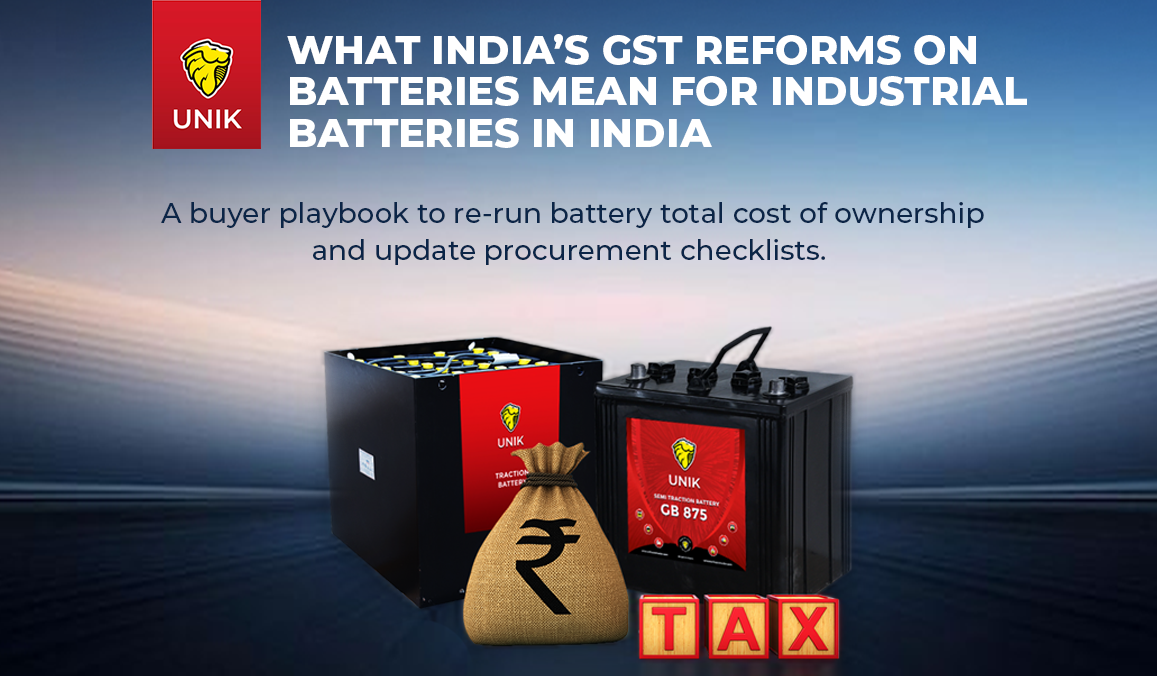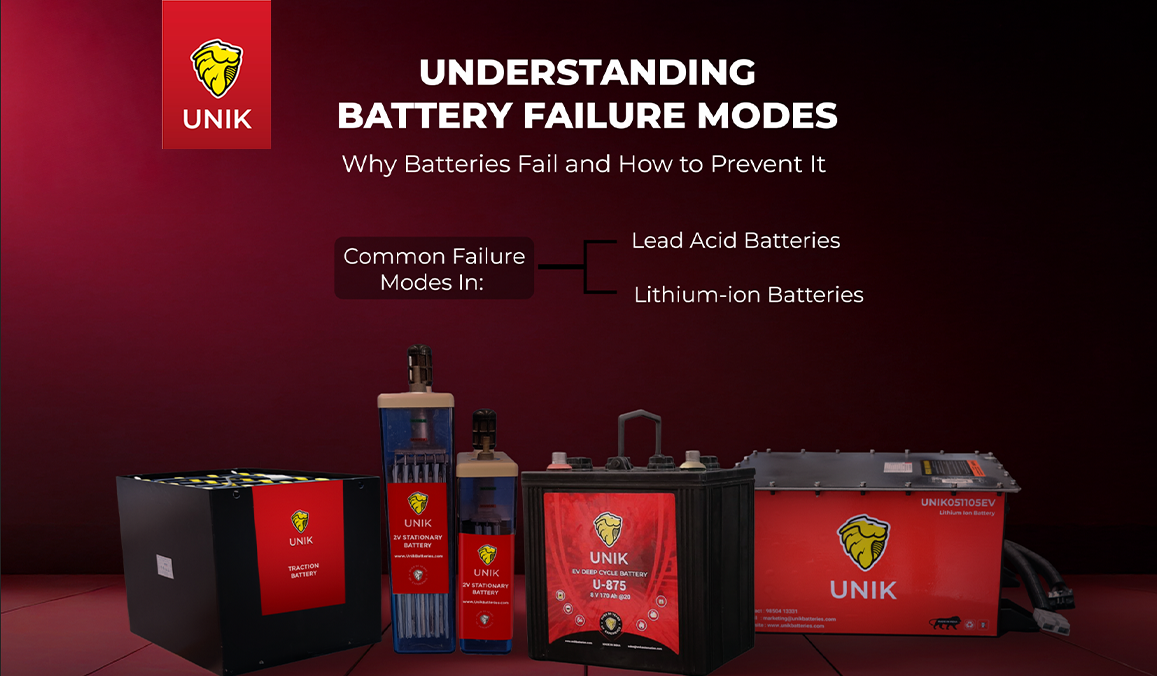Why Integrate BMS & IoT in Lithium-ion Battery Management?
As industries shift to lithium-ion batteries for their higher energy density and fast charging, the question is no longer whether to adopt them, but how to manage them effectively. That’s where Battery Management Systems (BMS) and IoT integration come in.
In this blog, we’ll answer the key search intent questions:
- Why integrate BMS and IoT in lithium-ion batteries?
- What are the advantages of BMS in lithium-ion battery management?
- How do BMS and IoT improve performance in forklifts and golf carts?
What is Battery Management System(BMS) and why does it matter?
A BMS is the “brain” of a lithium-ion battery pack. It:
- Tracks State of Charge (SoC) – how much usable energy remains
- Monitors State of Health (SoH) – the long-term condition of the pack
- Balances cells – preventing overcharging or deep discharging
- Controls temperature – avoiding overheating and thermal runaway
Advantage: Without a BMS, lithium batteries in forklifts or golf carts degrade faster, suffer unplanned failures, and can become unsafe.
Why Integrate IoT with a BMS?
While the BMS protects the pack internally, IoT connectivity in batteries unlocks visibility and control externally. When integrated, IoT enables:
- Remote monitoring – battery data available in real time
- Predictive maintenance – detect faults before they stop operations
- Fleet optimisation – compare performance across multiple forklifts or golf carts
- Cost efficiency – reduce downtime, avoid unnecessary replacements
Advantage: IoT in lithium-ion battery management turns raw BMS data into actionable insights for operators, fleet managers, and OEMs.
Advantages of BMS & IoT in Material Handling Equipment
Forklifts, pallet trucks, and automated guided vehicles are mission-critical. Here’s how BMS + IoT deliver:
- Extended uptime: Real-time SoC monitoring prevents mid-shift breakdowns.
- Lower TCO: Predictive insights avoid premature replacements.
- Opportunity charging: IoT data helps schedule short, efficient top-ups during breaks.
- Fleet-wide visibility: Managers can track usage and State of Health (SoH) across all forklifts.
Advantages of of BMS & IoT in Golf Carts
In golf resorts, residential communities, and airports, smooth operation depends on reliable batteries.
- Range confidence: BMS ensures carts never over-discharge; IoT dashboards show live charge levels.
- Predictive maintenance: Fault detection prevents cart failures mid-round.
- Fleet balancing: Usage analytics ensure even distribution, extending pack lifespans.
- Customer experience: Fewer breakdowns = smoother rides for users.
Business Benefits of Integrating BMS & IoT
For both MHE and golf carts, the integration delivers clear ROI:
- Safety – reduced risk of overheating and failures
- Performance – consistent battery availability and reliability
- Sustainability – longer pack life means less waste and fewer replacements
- Cost savings – optimised energy usage and reduced downtime
If you’re searching for the advantages of BMS in lithium-ion battery management, the answer is clear: on its own, a BMS protects your battery. But when integrated with IoT, it transforms your forklift or golf cart fleet into a smarter, safer, and more cost-effective operation.
For operators, OEMs, and facility managers, investing in BMS + IoT isn’t just a technical upgrade—it’s a competitive advantage.
At UNIK, we believe reliable energy should also be intelligent. That’s why all our lithium-ion batteries are equipped with IoT, BMS, and smart charging technology as standard. Together, these features extend battery life, reduce downtime, and give you greater control over your operations. To explore how our solutions can benefit your business, get in touch with us today.






